Innovative Team Collaboration: 3 Tools for Seamless Project Management
Read More
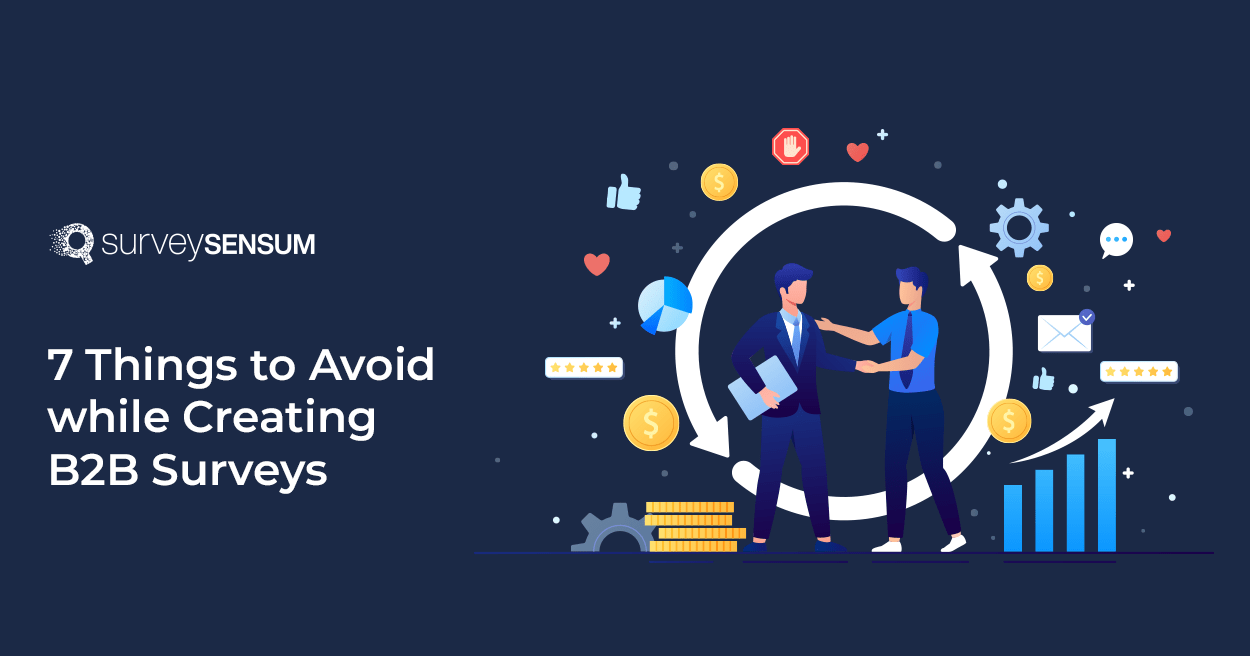
Imagine yourself as a marketing manager at a software company. You’re eager to identify areas for improvement and boost customer satisfaction. So you decide to conduct a B2B survey using a SaaS feedback platform. However, when you send out the survey to your customer base, you’re met with a dishearteningly low response rate.
And the few responses you do receive lack the depth and specificity needed to derive meaningful insights, leaving you with limited actionable data.
This scenario highlights the critical importance of sending targeted surveys to the right audience, at the right time, and with clear communication of survey objectives.
But that’s not all; there are other essential factors to consider in order to avoid common survey mistakes.
That’s what we’re going to talk about in this blog – 7 common pitfalls to avoid while sending B2B surveys. By avoiding them, you can create B2B customer surveys that yield reliable, and meaningful data.
So, let’s jump right in.
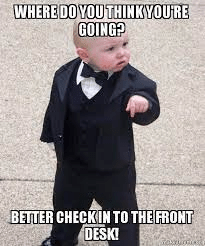
Do you know what happens when you embark on a journey without a destination in mind?
You wander aimlessly because you don’t know where to go. The same holds for B2B surveys.
Before diving into the world of customer surveys, it’s crucial to identify your objective. By clearly defining your goal, you can tailor your questions and extract meaningful insights.
For example, CMS, a leading software company conducted a B2B customer survey to understand the pain points faced by their clients during the onboarding process. By knowing this objective, they created a SaaS onboarding survey with targeted questions that give valuable feedback. This allowed CMS to refine its onboarding experience and increase customer satisfaction.
If they didn’t know their objective, how would they have designed the survey?
Having a clear objective when designing B2B surveys is vital. It ensures that the survey questions align with your goals, enabling you to obtain meaningful insights and make informed decisions based on the feedback received.
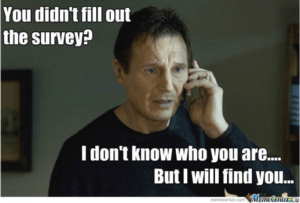
Ever wondered why sending a B2B survey to the wrong person feels like shouting into an empty void?
Well, the answer lies in the importance of proper client segmentation. When you don’t take the time to segment your clients and choose the wrong sample, your survey results can be misleading or even irrelevant. It’s like asking a vegetarian about their favorite steakhouse!
Again taking CMS as an example. When conducting their B2B customer survey, they meticulously segmented their client base. By targeting the right audience — those who had recently onboarded — they get valuable insights specific to the onboarding experience. This lets them tailor their improvements accordingly and boosts customer satisfaction.
So, before you hit that send button, make sure you do customer segmentation to ensure that your B2B survey reaches the right individuals, giving you meaningful responses and actionable insights.
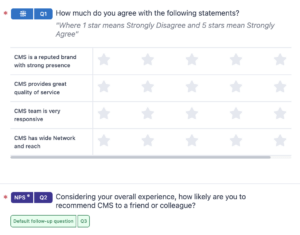
Have you received a B2B survey that felt like a never-ending marathon, leaving you exhausted and disengaged?
If yes, then you know how your clients feel when you create long surveys.
The importance of creating short and simple B2B surveys cannot be overstated. Lengthy surveys not only test the patience of your respondents but also risk lower completion rates and skewed responses.
Take a cue from CMS, who achieved success by designing concise and focused surveys. By valuing their customers’ time, they get higher response rates and gain actionable feedback to drive meaningful improvements.
Say goodbye to survey fatigue!
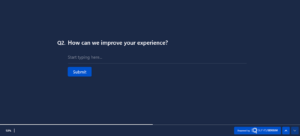
Are you including open-ended questions in your B2B surveys?
If not, then you’re overlooking a potential goldmine for gathering valuable insights.
Asking open-ended questions while creating a product feedback survey, or customer success survey, allows respondents to freely share their suggestions and experiences. It’s a window into their unfiltered perspective.
CMS, a leading software company, recognized the importance of open-ended questions and strategically incorporated them into their product feedback and customer success surveys. Their CX team understood that these questions could reveal hidden pain points and innovative ideas from their customers.
To make the most of the open-ended responses, CMS leveraged the Text Analytics tool – allowing them to identify trends, uncover valuable suggestions, and tailor their offerings accordingly.
By leveraging open-ended questions in your B2B surveys, you can unlock valuable insights from unfiltered customer perspectives and enhance customer satisfaction for business success.
Create FREE B2B Surveys with SurveySensum
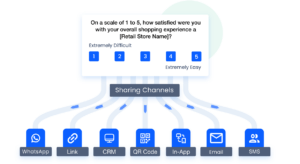
You receive a B2B customer survey weeks after an interaction. Would you still remember the details and provide accurate feedback? Unlikely, right?
That’s why timing is vital in B2B surveys. Imagine if they had sent the survey right after the event. You’d be more likely to share your thoughts while they were fresh in your mind.
CMS understood this well!
In their customer success surveys, they strategically timed survey invitations to align with key touchpoints. By capturing feedback when it mattered most, they achieved higher response rates and gained valuable insights.
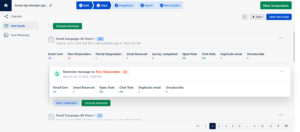
Are you leaving valuable responses on the table by neglecting to send survey reminders?
Sending reminders is a game-changer in boosting response rates for B2B surveys.
How?
Reminders serve as gentle nudges, ensuring that your survey doesn’t get buried in busy inboxes.
In our case study of CMS, they understood the importance of reminders in their B2B surveys. Their Account Managers consistently followed up and sent reminders to clients. By using compelling subject lines and sending emails from the CEO’s name, CMS increased response rates significantly.
Pro Tip: Involve your CEO in your CX strategy. When directives come from the top, it helps engage everyone important in the process and emphasizes the customer feedback’s importance.
By implementing survey reminders and involving key stakeholders, such as the CEO, in your CX strategy, you maximize the chances of receiving valuable responses and garnering meaningful insights from your B2B surveys.
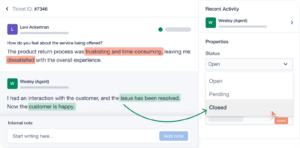
You know how crucial it is to conduct customer feedback. But that’s not enough. To leverage customer feedback you’ve to analyze and take action on it.
This is where SurveySensum comes in — a robust customer feedback tool that helps businesses make their gathered feedback actionable.
And CMS leveraged SurveySensum in the same way, effectively making their received customer feedback actionable. By utilizing Text Analytics, they were able to identify patterns and extract the top customer complaints and sentiments from the thousands of feedback gathered. However, they didn’t stop there. CMS actively involved the relevant stakeholders, took immediate action based on the feedback, and communicated the progress to their customers. Consequently, CMS significantly improved its products, services, and overall customer satisfaction.
This is how CMS leverages customer feedback.
And here’s a bonus tip for you.
To truly excel in the world of B2B surveys, it’s vital to adopt a continuous process. Don’t view surveys as one-off endeavors. Instead, make it a habit to consistently collect feedback in 3 months or 6 months, analyze results, and take action by closing the feedback loop.
In conclusion, creating effective B2B surveys requires careful consideration and avoidance of common pitfalls. Avoid given mistakes while creating B2B surveys.
And if you want to design customized surveys, gain valuable insights, and make data-driven decisions to propel your business forward, consider using SurveySensum. Don’t miss out on this opportunity – request a demo today and explore the power of seamless and effective B2B surveys.
Happy surveying!
